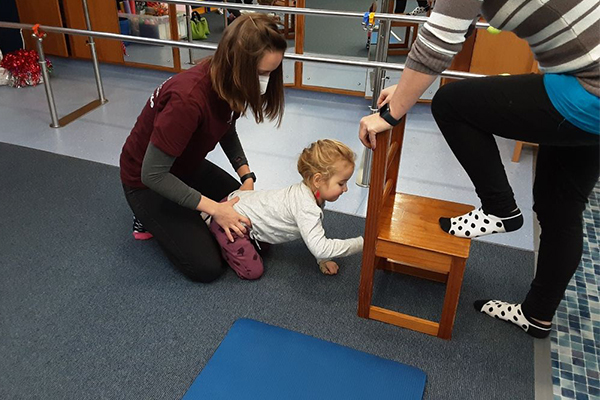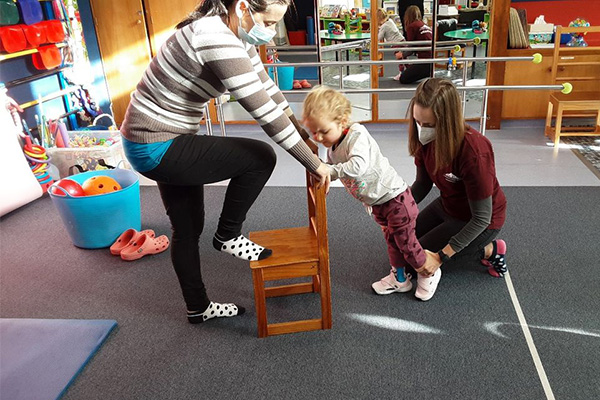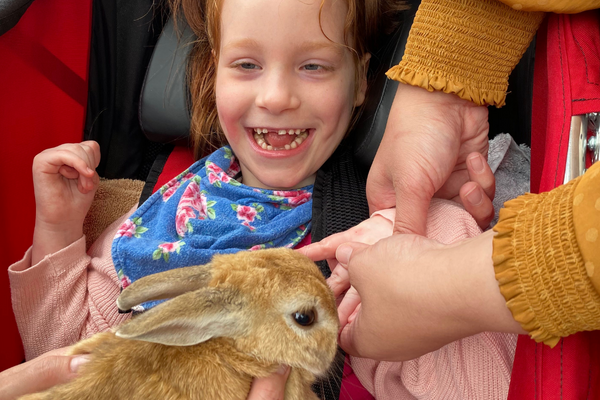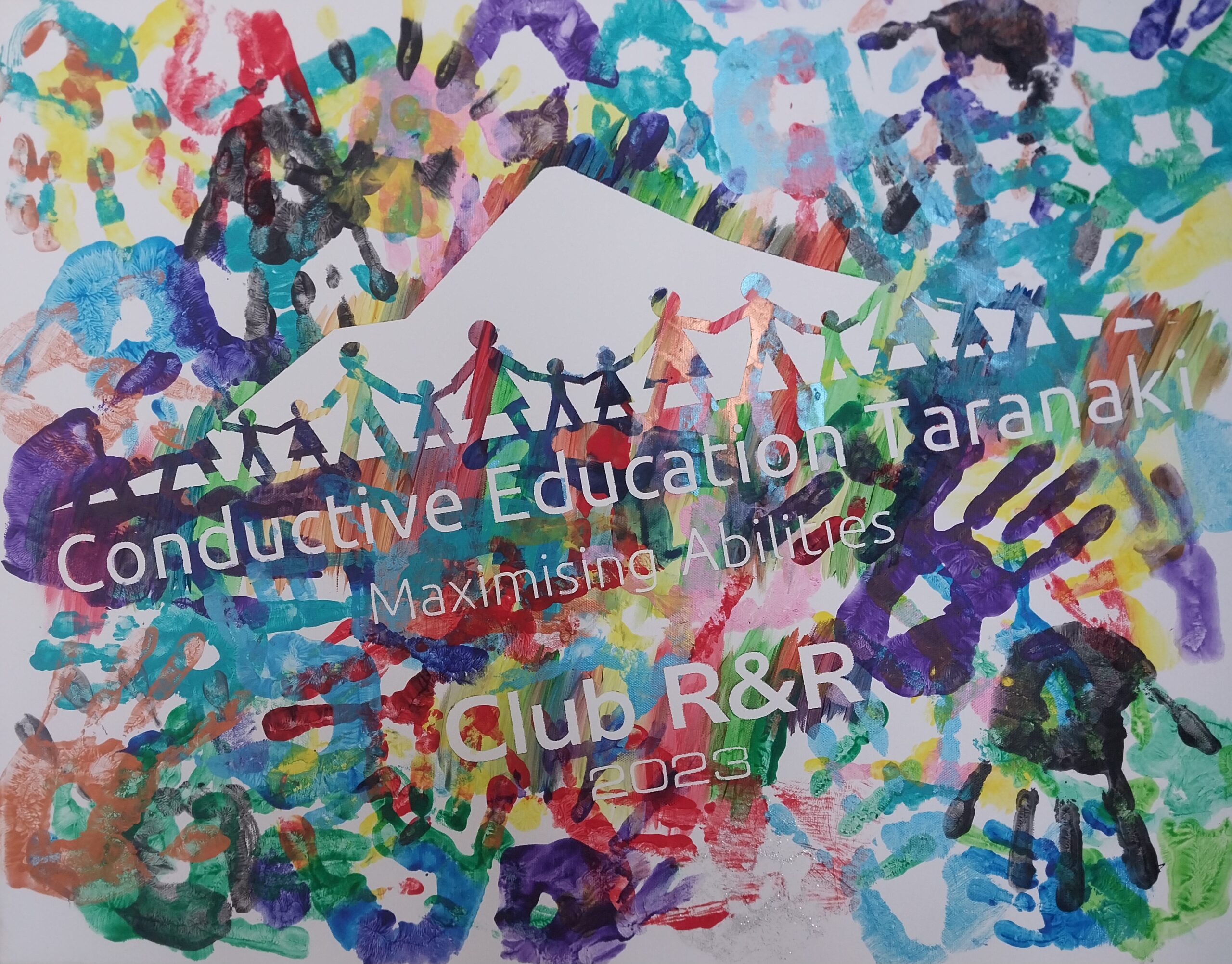What’s Olivia doing today?
Why is she practising this movement?
How many times do we get up from the floor without even thinking about it? We might move to the floor to play with our children, or to knock out a few casual sit-ups. When we’re done, we’re back on our feet within seconds. As babies, we’ve already internalized the steps of this transition and it’s second nature to us as neurotypical adults.
For children with neurological conditions, the complexity of this floor-to-stand transition can be quite overwhelming. It is a whole-body activity which requires motor planning, muscle strength, isolation and control of the extremities, bilateral coordination, proprioception and many more skills.
We need to break these down into smaller, bite-sized steps which then are targeted in our sessions in play-based activities.
What goal is she working towards?
Olivia’s practising being able to stand on her own two feet – look out, world!
And she’s making great progress. Olivia has to kneel tall for a few seconds as part of the transition. She is gaining more control in this position now, with Marcsi only supporting her around her hips as she lifted her upper body upright on her own – Marsci could even let go of her hips for a few seconds. Brilliant work, Olivia!
Why is it important?
Being able to stand upright isn’t just a physical goal. It has lots of other significant benefits, including improving bone mineral density, increasing stamina and having a positive effect on circulatory, digestive and respiratory functions. But that’s not all! Being able to stand also boosts self-esteem and a feeling of belonging, because it lets us see eye-to-eye with other people.
We’re so proud of what Olivia achieves, and so lucky to have this wonderful family in our “tribe”.








